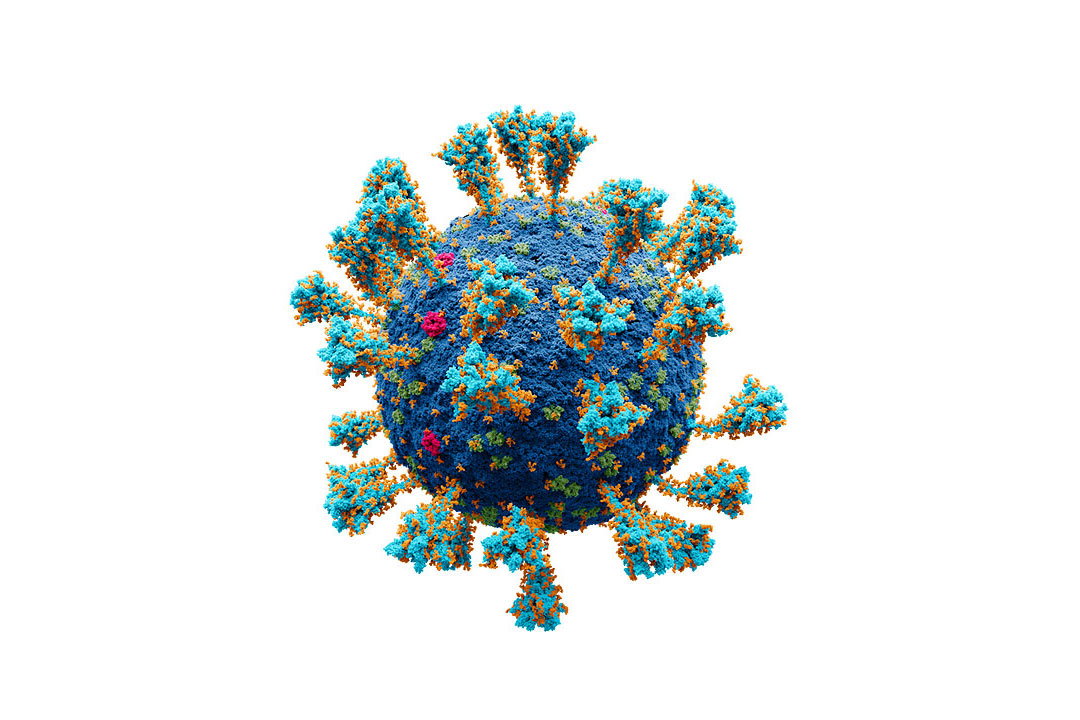Philippines posts record coronavirus infections

THE PHILIPPINES posted 34,021 coronavirus infections on Thursday — a fresh record — while active cases reached 237,387, also the highest since the pandemic started.
This brought the total to 3.09 million, while the death toll increased by 82 to 52,736, the Department of Health (DoH) said in a bulletin. Recoveries rose by 4,694 to 2.8 million.
The agency said 47.9% of 78,866 samples on Jan. 11 tested positive for coronavirus disease 2019 (COVID-19), way above the 5% threshold set by the World Health Organization (WHO).
Of the active cases, 7,332 did not show symptoms, 225,408 were mild, 2,881 were moderate, 1,468 severe and 298 were critical.
DoH said 98% of the latest cases occurred from Dec. 31 to Jan. 13. The top regions with new cases in the past two weeks were Metro Manila with 16,793, Calabarzon with 7,131 and Central Luzon with 3,745 infections. It added that 45% of deaths occurred in January, 6% in December, 2% in November and 7% in October.
It said 246 duplicates had been removed from the Thursday tally, 180 of which were reclassified as recoveries, while 44 recoveries were relisted as deaths. Seven laboratories failed to submit data on Jan. 11.
DoH said 45% of intensive care unit beds in the country had been used, while the rate for Metro Manila was 58%.
The country is struggling to contain a fresh spike in infections spurred by the highly mutated Omicron variant.
The Health department has shortened the quarantine and isolation periods for coronavirus-stricken people who are fully vaccinated.
Fully vaccinated people with mild or who don’t show symptoms should be isolated for seven days, down from 10 days, Health Undersecretary Maria Rosario S. Vergeire told an online forum on Wednesday streamed on Facebook.
The quarantine period for fully vaccinated close contacts who don’t show symptoms was also cut to five from seven days, she said. Unvaccinated or partially inoculated contacts must be quarantined for two weeks. The 10-day isolation period partially vaccinated and unvaccinated people remains.
Ms. Vergeire said regardless of vaccination status, people with moderate symptoms should get quarantined for 10 days. She added that DoH kept the 21-day isolation for severe and critical cases, and people whose immune system had been compromised.
RISKS AND BENEFITS
DoH modified the quarantine rules after it allowed hospitals to cut the quarantine and isolation periods for fully vaccinated health workers.
Ms. Vergeire said hospitals could shorten to five days the isolation period for fully vaccinated health workers who have received booster shots “upon careful assessment of benefits and risks.
She said fully vaccinated medical frontliners who have been exposed to positive individuals should get quarantined for five days.
She said the recommendations were updated because different guidelines travelers, the public and specific sectors had caused confusion.
“Prolonged quarantine and isolation duration has been causing a strain on our healthcare system and our economy,” Ms. Vergeire said. “Our experts believe that specifically for the Omicron variant, the benefits of shortening quarantine outweigh the risks.”
Health Secretary Francisco T. Duque III on Wednesday said deaths and hospitalizations were lower than during the surge spurred by the Delta variant.
The number of deaths continues to go down because severe and critical cases were lower, preventing hospitalizations and deaths, he told an online forum.
Mr. Duque noted that based on their study of 8,500 hospital admissions, there were only about 700 severe cases.
WHO Director-General Tedros Adhanom Ghebreyesus earlier noted that while the highly mutated Omicron variant appears to be less severe than Delta, it should not be categorized as mild.
“Just like previous variants, Omicron is hospitalizing people and it’s killing people,” he said on Jan. 6, based on an article published by The Tampa Bay Times.
Omicron might soon become the dominant coronavirus strain in the country, replacing Delta, WHO representative to the Philippines Rabindra Abeyasinghe separately told a televised news briefing on Wednesday.
He said Omicron is dominant based on a recent sequencing of samples collected from the National Capital Region (NCR) and returning overseas Filipinos. This was inconclusive since the country has few sequencing results from the other regions, he added.
Omicron had now dominated Philippine coronavirus infections, Mr. Duque said on Tuesday, citing the latest genome sequencing. He said 60% of the samples were positive for the Omicron variant. — Kyle Aristophere T. Atienza



